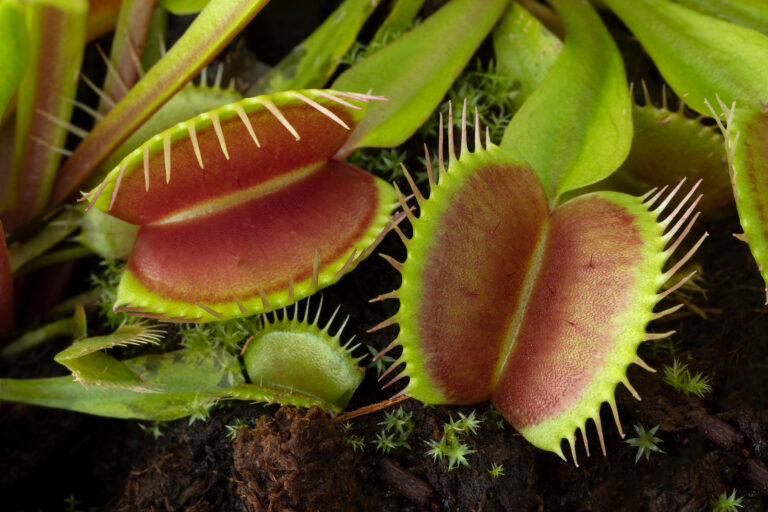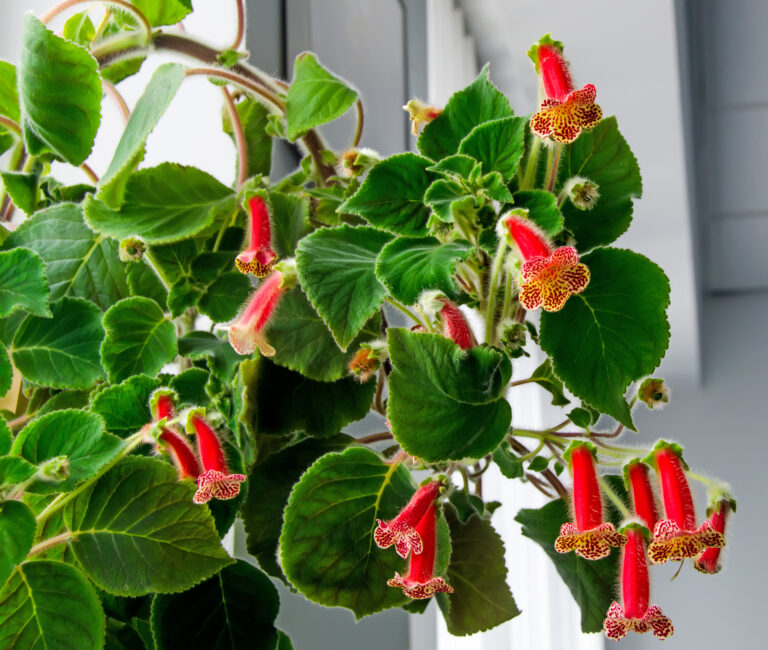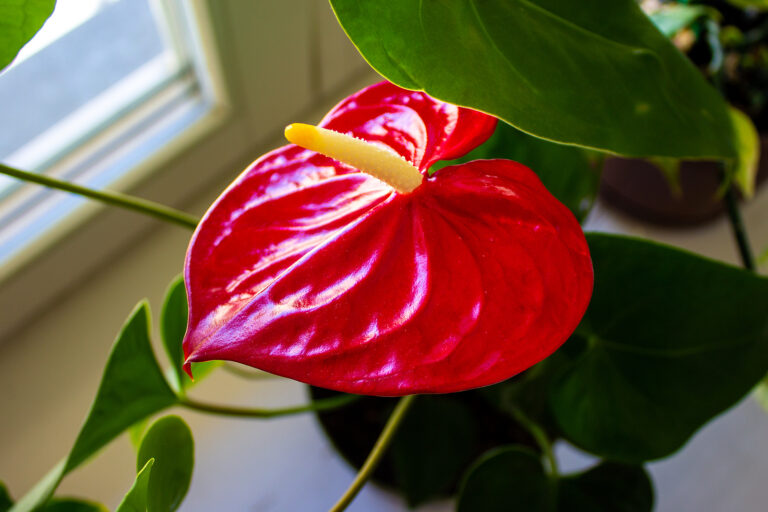How to Grow Dyckia
Dyckia is a genus of bromeliads known for its tough, spiky, and often brightly colored foliage. Native to arid regions of Brazil and surrounding areas in South America, Dyckia species are more drought-tolerant than many other bromeliads. They are often used as ornamental plants in xeriscaping or low-water gardens, but they also thrive as indoor plants, particularly in sunny locations.
Dyckia is a visually striking bromeliad that thrives in dry, sunny environments, making it a perfect choice for xeriscaping, rock gardens, or as an ornamental houseplant. Its spiky, bold foliage adds architectural interest to garden designs or indoor spaces. Easy to care for and drought-tolerant, Dyckia is a low-maintenance plant that can adapt well to both garden and houseplant settings. Whether used as an accent in a modern garden or displayed indoors for its sculptural form, Dyckia adds a touch of exotic beauty and toughness to any space.
Dyckia is a terrestrial bromeliad with silvery-gray and occasionally reddish-brown spike-toothed leaves and thorny tips. The leaves are borne in rosettes. Orange flowers appear atop slender stems in spring.
Dyckia is often grown as a houseplant, but it grows well in tropical and subtropical gardens and in desert gardens where temperatures are not cold in winter. Dyckia must be grown in full sun in well-drained gritty, humus-rich soil.
Dyckia is a genus of evergreen succulent bromeliads native to South America.
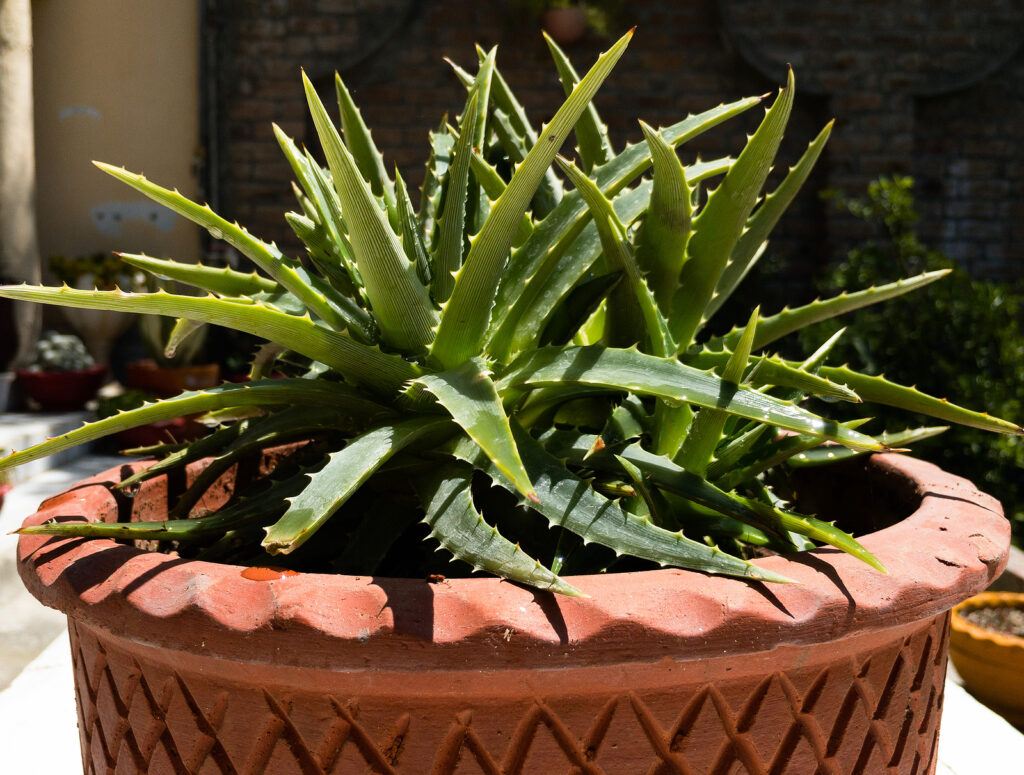
Dyckia description
- Foliage: Dyckia plants feature stiff, spiny leaves that grow in a rosette pattern. The leaves can vary in color, ranging from green to reddish-brown, silver, or even purple, depending on the species and growing conditions. Many Dyckia species have a metallic sheen to their foliage, adding to their ornamental value. The leaves are edged with sharp spines, giving the plant a distinctive, rugged appearance.
- Flowers: Dyckia produces bright, tubular flowers, often in shades of yellow, orange, or red, on tall stalks that rise above the rosette of leaves. The flowers appear in clusters and can attract pollinators like hummingbirds or bees.
- Growth Habit: Dyckia plants grow in compact rosettes, but over time, they can form clumps or colonies by producing offshoots. Most species remain small to medium-sized, but their architectural shape makes them a striking feature in the garden or indoors.
Dyckia uses in the garden
- Rock Gardens and Xeriscaping: Dyckia is a perfect plant for rock gardens, xeriscaping, or drought-tolerant landscapes. Its ability to thrive in poor, dry soils and tolerate full sun makes it an excellent choice for areas that require low water usage. The plant’s spiky, sculptural form adds texture and visual interest to rockeries or dry garden beds.
- Borders and Edging: With its sharp, architectural look, Dyckia can be used along garden borders or as an edging plant. It creates a natural barrier due to its spiny leaves and works well in modern or desert-inspired landscape designs.
- Containers and Pots: Dyckia thrives in containers, making it a versatile plant for patios, balconies, or small spaces. Container-grown Dyckia can be combined with other drought-tolerant plants like succulents, agaves, or aloes to create attractive arrangements.
- Accent Plant: Dyckia’s bold and dramatic appearance makes it an excellent accent plant in garden designs, especially when grouped with contrasting softer-leaved plants or in a minimalist, architectural-style garden.
Dyckia uses as a houseplant
- Indoor Accent Plant: Dyckia can be grown indoors as a striking houseplant, especially in sunny locations. Its spiny, metallic leaves make it a natural conversation piece in modern or industrial-style interiors. The compact size of many species also makes Dyckia suitable for shelves, tabletops, or windowsills.
- Low-Maintenance Houseplant: Like many bromeliads and succulents, Dyckia requires minimal care, making it an easy plant to maintain indoors. Its ability to tolerate dry conditions makes it ideal for individuals who might forget to water frequently.
- Indoor Xeriscaping: In homes with bright, sunny windows, Dyckia can be used as part of an indoor xeriscaping display. Combined with other drought-tolerant plants, it creates a desert-like, low-water indoor garden.
Dyckia care tips
- Light: Dyckia thrives in full sun to bright, indirect light. Outdoors, it can handle direct sunlight, while indoors it should be placed near a bright window or in a well-lit room. In low light conditions, the plant may lose some of its vibrant color and compact growth habit.
- Watering: Dyckia is more drought-tolerant than other bromeliads and should be watered sparingly. Allow the soil to dry out between waterings. Water thoroughly, but ensure that the pot has excellent drainage to prevent root rot.
- Soil: Dyckia prefers well-draining, sandy or gritty soil, similar to what is used for cacti or succulents. In pots, a cactus or succulent mix works well.
- Temperature: Dyckia prefers warm temperatures and does best in climates between 60-85°F (15-29°C). It is not frost-tolerant, so in areas with cold winters, it should be grown as a container plant and moved indoors when temperatures drop.
- Fertilization: Fertilize sparingly with a diluted, balanced fertilizer during the growing season (spring and summer) to encourage healthy growth and flowering.
Dyckia styling ideas
- Modern and Minimalist Gardens: Dyckia’s bold, spiky foliage pairs well with modern and minimalist garden designs. Its architectural shape and ability to grow in rocky or arid environments make it a good fit for contemporary landscapes.
- Succulent and Cactus Gardens: Dyckia complements other drought-tolerant plants like cacti, aloes, and agaves. It can be mixed into succulent arrangements to add texture and color contrast.
- Indoor Plant Shelves or Terrariums: Indoors, Dyckia looks great in open terrariums or placed on shelves with other succulents or bromeliads. Its small size and slow growth rate make it ideal for compact spaces.
- Industrial-Inspired Interiors: Dyckia’s tough, metallic foliage fits well in industrial or modern home decor. Pair it with metal planters or raw wood to enhance its edgy look.
Dyckia outdoor/indoor adaptability
Dyckia plants can easily transition between outdoor and indoor environments. In warm climates, they thrive outdoors year-round, but in colder regions, they can be moved indoors as houseplants when temperatures drop. Their adaptability to both settings makes them a versatile choice for gardeners looking to create a cohesive indoor-outdoor plant collection.
Get to know Dyckia
- Plant type: Terrestrial bromeliad
- Growing zones and range: Zones 13-15
- Optimal growing temperature: day, 68°F (20°C) and up in summer, somewhat cooler in winter; night, 60° to 65°F (16° to 18°C).
- Height and width: 8 to 32 inches (20-80cm) tall, 5 to 16 inches (13-40cm) wide depending on the variety.
- Foliage: Linear to lance-shaped or short, triangular, spiny-margined, stiff, often gray-scaly leaves; spiny leaves form rosettes up to 16 inches (41 cm) across.
- Flowers: Tubular yellow to orange flowers; bears 15 to 20 waxy flowers on 12- to 24-inch (30 to 61cm) stalks.
- Bloom time: Summer
- Uses: Houseplant, tropical garden, desert garden
- Common name: Miniature Agave, sawblade plant
- Botanical name: Dyckia
- Family name: Bromeliaceae
- Origin: South America
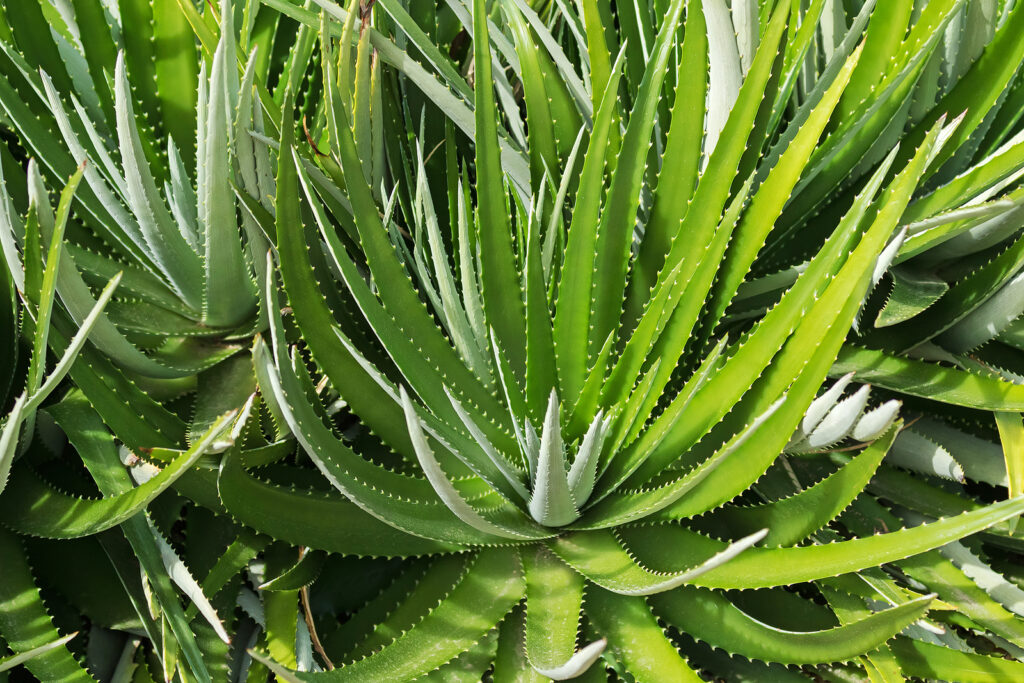
Where to plant Dyckia
- Light indoors: Give Dyckia full sun from southern exposure. Air circulation is important.
- Light outdoors: Grow Dyckia in full sun.
- Soil indoors: Grow Dyckia in a terrestrial bromeliad mix.
- Soil outdoors: Sharly drained, gritty, humus-rick soil
When to plant Dyckia
- Set Dyckia outdoors in a tropical or subtropical climate any time during the year.
Planting and spacing Dyckia
- Space Dyckia 5 to 16 inches (13-40cm) apart depending on the variety.
How to water and feed Dyckia
- Water: Water Dyckia moderately from latre spring to autumn. Keep the soil barely moist, allowing soil to dry moderately between waterings. Humidity, 35% or less.
- Feeding: Feed Dyckia monthly, with mild liquid fertilizer. Avoid oil-based products such as fish emulsion. Apply to soil after watering; never fertilize a dry plant.
Dyckia care
- Dyckia growth slows in winter. Reduce water and frequency of feeding. Keep the plant in a cool place.
Dyckia pests and diseases
- Check Dyckia for scale insects.
Dyckia propagation
- Divide Dyckia clumps in late spring or early summer. Replant offsets
- Dyckia can be grown form seed in warm soil in early spring.
Dyckia varieties to grow
- Dyckia brevifolia, sawblade plant. Glossy, dark green leaves with sharp spines; bright orange flowers.
- D. fosteriana. Grows 8 inches (20cm) tall and 5 inches (13cm) wide; flat rosettes of silver-gray leaves; bright orange flowers in late spring.
- D. platphylla. Grows to 32 inches (80cm) tall and 16 inches (40m) wide; dark green leaves with white scaled on undersides; bears bright yellow flowers in late spring.
- D. remotiflora. Dense rosettes of narrow triangular leaves covered with gray-green scales; dark orange flowers in late spring.




